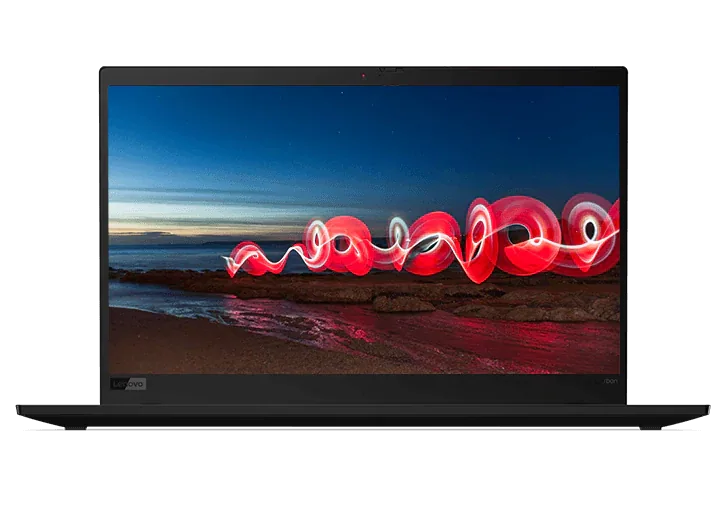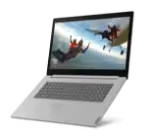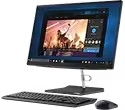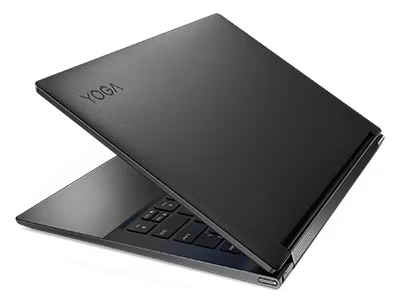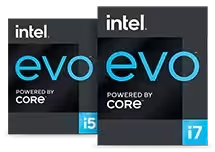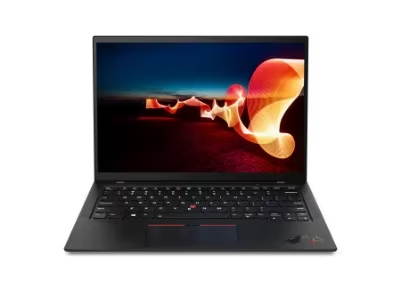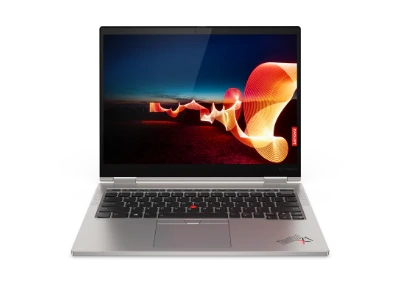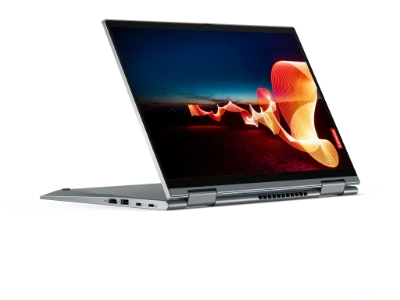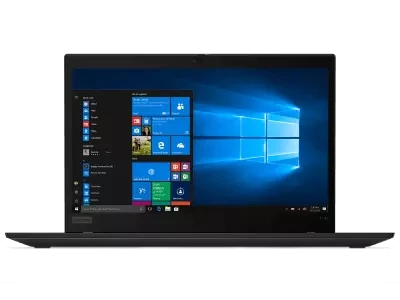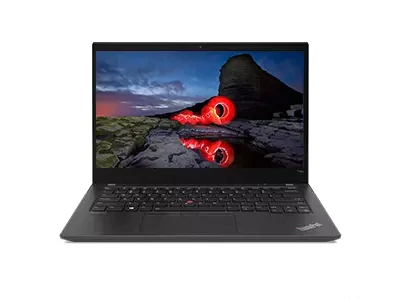What are Noise-canceling Headphones?
Noise-canceling headphones differ from standard headphones in that they actively cancel out ambient noise. Rather than passively cancel out noise through the use of muffling elements (like ear pads and large housings), noise-canceling headphones use what is called active noise control to lower the outside volume. This noise cancellation effect makes it possible to clearly listen to music or audio in a noisy environment without having to turn up the volume.
Noise-canceling headphones have other useful applications, as well. Ambient noise in traditionally noisy environments – such as coffee shops, cafes, diners, trains, buses, and planes – can also be greatly reduced when wearing noise-canceling headphones. This makes it easier to relax, read a book, work on a laptop, or sleep. For gaming and multimedia laptops, like Lenovo's Y Series and IdeaPad 500 Series, noise-canceling headphones offer crisper audio than the built-in speakers, allowing users to get the most out of their device.
How do noise-canceling headphones work?
Noise-canceling headphones use active noise control to counteract ambient noise. Utilizing a built-in microphone, noise-canceling headphones measure ambient sound, and then generate a waveform through the ear piece that is the exact negative of this ambient sound. If the user is listening to an audio signal, this waveform can be seamlessly integrated into it.
One thing to note is that currently, noise-canceling headphones are only able to actively cancel out low-frequency sounds. Because high-frequency sound has a shorter wavelength than low-frequency sound, canceling this sound would require either the locating devices be closer to the listener's eardrum than is currently possible, or require complex digital algorithms too advanced for current headphone electronics. As such, most noise-canceling headphones incorporate some degree of soundproofing to help counteract high-frequency sound (like a shrill whistle or squeak).
Do noise-canceling headphones work?
Yes. However, not all frequencies can be effectively canceled out, and typically, noise-canceling headphones only operate within a certain decibel range. A noise that is very loud, or which occurs at a very high frequency, will still be heard through the headphones, even when the noise-canceling function is in use.
Noise-isolating vs noise-canceling
The difference between noise-isolating headphones and noise-canceling headphones is significant; noise-isolating headphones passively cancel out ambient noise while noise-canceling headphones actively cancel out ambient noise through the use of active audio control. Noise-isolating headphones will have muffling elements, such as large ear surrounds and housings, to help reduce ambient noise – however, they do not utilize a microphone or related software to actively produce counteracting audio waveforms.
Pros and cons of noise-canceling headphones
In general, noise-canceling headphones are the superior choice when it comes to headphone options. They provide clearer audio, cancel out external ambient noise, and work both for noise cancellation and music listening. However, there are certain considerations that buyers should take into account before making a decision on which is right for them.
One of the key differences between traditional headphones and noise-canceling headphones is that noise cancellation requires a power source. This is because active audio control is dependent on a microphone and circuit board. Power is typically provided via a USB source or battery, and if this power source fails, it renders the headphones useless for their intended function. It might still be possible to listen to audio, but the noise cancellation will no longer work.
Additionally, noise-canceling headphones are more expensive than traditional headphones. This is due to the electronics and hardware components necessary for the noise-canceling functionality. When deciding which is best for your needs, cost may become a factor.
Browse Lenovo’s computer gaming accessories today for further information on popular products including headphones, mice, joysticks and more.
